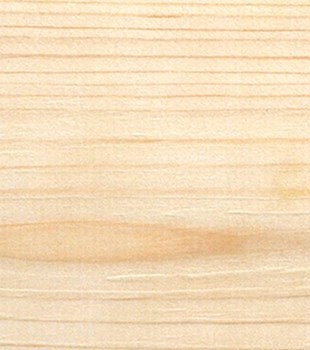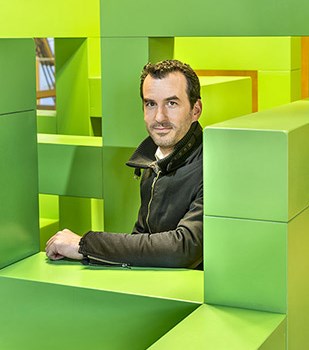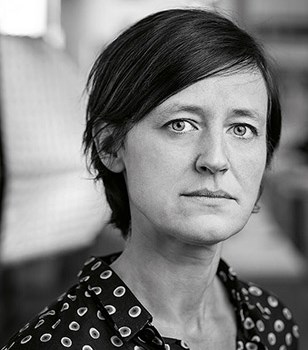What is your background?
“I studied civil engineering at ETH Lausanne and have a Master’s degree in wood construction. After that, I worked for a Swiss glulam manufacturer and a Canadian producer of engineered wood products (EWP).”
You focus a lot on hybrid wood construction. How does that work?
“It’s all about the materials’ synergies. One plus one can make more than two. I don’t have any norms that I follow. I simply work with the best mix of materials for each individual project, as long as the architect or the developer doesn’t have any particular wishes.”
How do you decide what kind of structure to choose?
“That’s governed by the parameters of the project, in terms of the required function, the design, the client and the architect’s wishes, aesthetic preferences, the size and budget of the project and the availability of the different materials in the area where construction will take place.”
What applications do different hybrid floor structures have and what are the pros and cons?
“We classify hybrid floor structures, usually composite floor structures of wood and concrete, based on the cross-section we want to achieve. We combine concrete with CLT, horizontal glulam, glulam beams with wood panels in between or with nail laminated timber (NLT). We create different static connections between the wood and concrete, depending on the effect required. We do that either with milled notches in CLT or NLT, for example. Or we use various types of screw fixings, or glued-in nail plates, for instance in glulam beams.
“If we’re dealing with a large building with many floor structure components of the same design, we aim for prefabricated concrete and wood units. If the design of the building is more varied, or there isn’t a factory for prefabrication within a reasonable distance, we cast the concrete on site on top of the prefabricated wooden floor structure.
“The choice of method also depends on the cross-section, connections and on-site assembly or prefabrication of the concrete. Each method has its pros and cons.”
How do you see hybrid systems developing?
“There are many options out there and each building requires its own solution. Building in wood is going to become increasingly common in the future. Wood plays an important role in cutting carbon emissions, but of course it can’t save the world on its own.”
Text & photo David Valldeby
Read more about composite floor structures in section 5.1.3 of the CLT Handbook, and in section 8.3.2 of Design of timber structures Part 1, both from Swedish Wood.
























